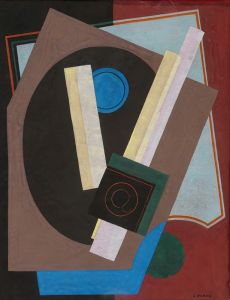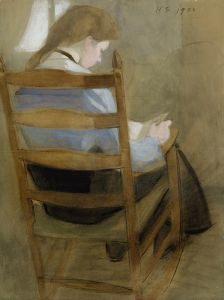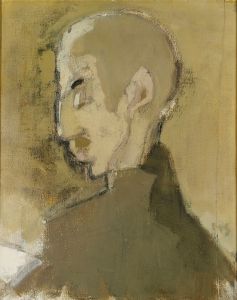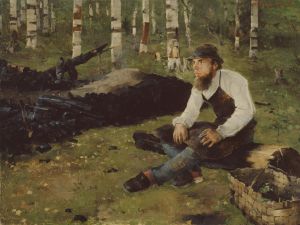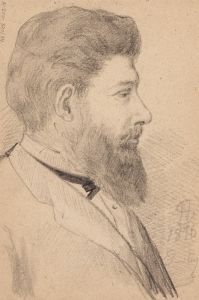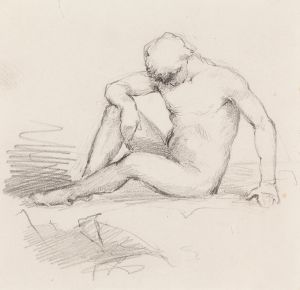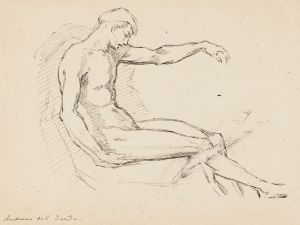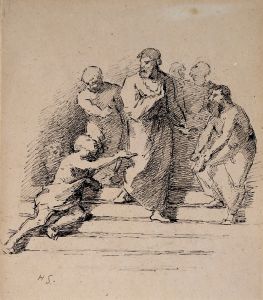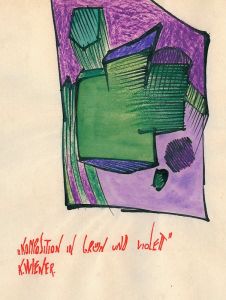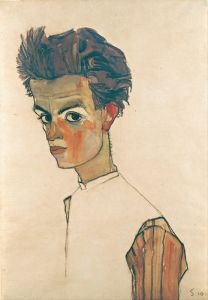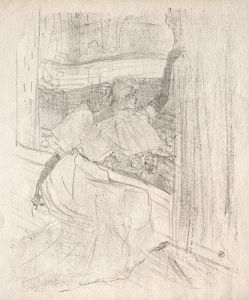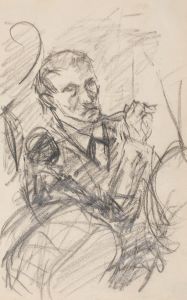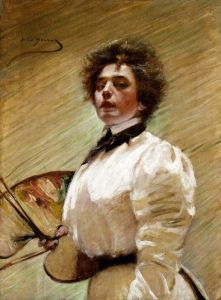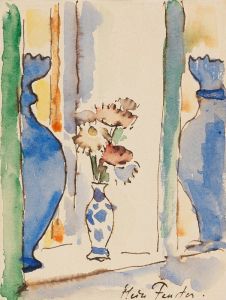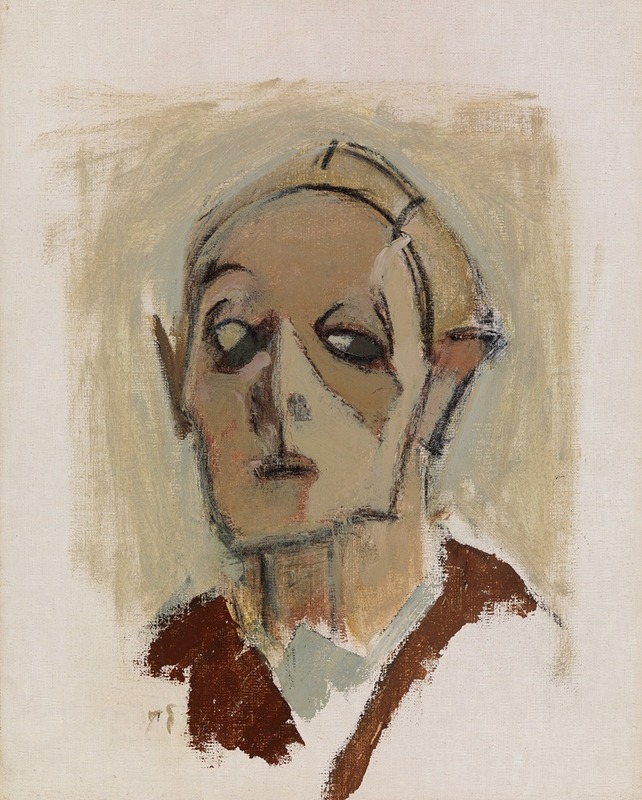
Self-Portrait, en face I
A hand-painted replica of Helene Schjerfbeck’s masterpiece Self-Portrait, en face I, meticulously crafted by professional artists to capture the true essence of the original. Each piece is created with museum-quality canvas and rare mineral pigments, carefully painted by experienced artists with delicate brushstrokes and rich, layered colors to perfectly recreate the texture of the original artwork. Unlike machine-printed reproductions, this hand-painted version brings the painting to life, infused with the artist’s emotions and skill in every stroke. Whether for personal collection or home decoration, it instantly elevates the artistic atmosphere of any space.
Helene Schjerfbeck's "Self-Portrait, en face I" is a notable work by the Finnish artist, who is renowned for her distinctive approach to portraiture and modernist style. Painted in 1945, this self-portrait is part of a series of self-examinations that Schjerfbeck undertook throughout her career, reflecting her evolving self-perception and artistic style.
Helene Schjerfbeck was born on July 10, 1862, in Helsinki, Finland. She demonstrated artistic talent from a young age and went on to study at the Finnish Art Society's Drawing School. Her early work was influenced by the academic style, but over time, she developed a more modernist approach, characterized by simplified forms and a focus on the psychological depth of her subjects.
"Self-Portrait, en face I" is one of Schjerfbeck's later works, created when she was in her early eighties. This period of her life was marked by introspection and a deepening exploration of self-identity, which is evident in her self-portraits. The painting is executed with a minimalist palette, emphasizing the stark contrast between light and shadow. Schjerfbeck's use of color is restrained, often limited to muted tones that convey a sense of austerity and introspection.
In this self-portrait, Schjerfbeck presents herself with an unflinching gaze, directly engaging the viewer. Her face is rendered with a combination of precise lines and soft, blurred edges, creating a tension between clarity and ambiguity. This technique highlights the duality of her self-perception—both as an artist and as an aging woman confronting her mortality.
The composition of "Self-Portrait, en face I" is notable for its simplicity and focus. Schjerfbeck eliminates any extraneous details, concentrating solely on her face. This approach draws attention to the emotional and psychological depth of the portrait, inviting viewers to contemplate the inner life of the artist. The painting's directness and honesty are characteristic of Schjerfbeck's later work, where she often stripped away superficial elements to reveal the essence of her subjects.
Throughout her career, Schjerfbeck's self-portraits served as a means of self-exploration and artistic experimentation. They document her changing style and the impact of personal experiences on her art. "Self-Portrait, en face I" is a testament to her enduring commitment to introspection and her ability to convey complex emotions through a minimalist aesthetic.
Helene Schjerfbeck's contributions to modern art have been increasingly recognized in recent years, with her work being exhibited internationally and gaining appreciation for its innovative approach and emotional depth. Her self-portraits, in particular, are celebrated for their introspective quality and their ability to transcend the personal to address universal themes of identity, aging, and the passage of time.
In summary, "Self-Portrait, en face I" is a significant work within Helene Schjerfbeck's oeuvre, exemplifying her mature style and her exploration of self-identity. Through its minimalist composition and psychological depth, the painting offers a poignant reflection on the artist's life and legacy.





